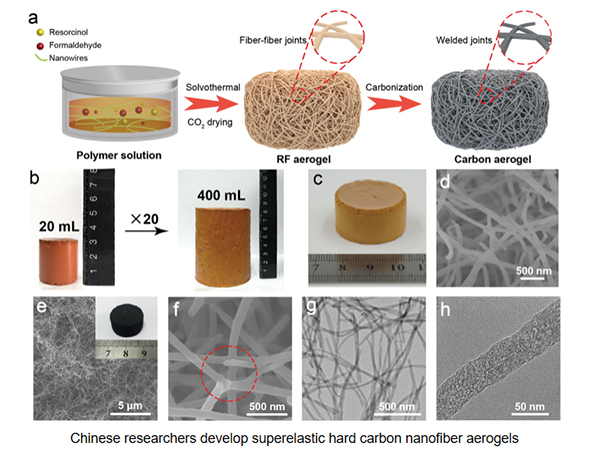
-
 Afrikaans
Afrikaans -
 Albanian
Albanian -
 Amharic
Amharic -
 Arabic
Arabic -
 Armenian
Armenian -
 Azerbaijani
Azerbaijani -
 Basque
Basque -
 Belarusian
Belarusian -
 Bengali
Bengali -
 Bosnian
Bosnian -
 Bulgarian
Bulgarian -
 Catalan
Catalan -
 Cebuano
Cebuano -
 China
China -
 China (Taiwan)
China (Taiwan) -
 Corsican
Corsican -
 Croatian
Croatian -
 Czech
Czech -
 Danish
Danish -
 Dutch
Dutch -
 English
English -
 Esperanto
Esperanto -
 Estonian
Estonian -
 Finnish
Finnish -
 French
French -
 Frisian
Frisian -
 Galician
Galician -
 Georgian
Georgian -
 German
German -
 Greek
Greek -
 Gujarati
Gujarati -
 Haitian Creole
Haitian Creole -
 hausa
hausa -
 hawaiian
hawaiian -
 Hebrew
Hebrew -
 Hindi
Hindi -
 Miao
Miao -
 Hungarian
Hungarian -
 Icelandic
Icelandic -
 igbo
igbo -
 Indonesian
Indonesian -
 irish
irish -
 Italian
Italian -
 Japanese
Japanese -
 Javanese
Javanese -
 Kannada
Kannada -
 kazakh
kazakh -
 Khmer
Khmer -
 Rwandese
Rwandese -
 Korean
Korean -
 Kurdish
Kurdish -
 Kyrgyz
Kyrgyz -
 Lao
Lao -
 Latin
Latin -
 Latvian
Latvian -
 Lithuanian
Lithuanian -
 Luxembourgish
Luxembourgish -
 Macedonian
Macedonian -
 Malgashi
Malgashi -
 Malay
Malay -
 Malayalam
Malayalam -
 Maltese
Maltese -
 Maori
Maori -
 Marathi
Marathi -
 Mongolian
Mongolian -
 Myanmar
Myanmar -
 Nepali
Nepali -
 Norwegian
Norwegian -
 Norwegian
Norwegian -
 Occitan
Occitan -
 Pashto
Pashto -
 Persian
Persian -
 Polish
Polish -
 Portuguese
Portuguese -
 Punjabi
Punjabi -
 Romanian
Romanian -
 Russian
Russian -
 Samoan
Samoan -
 Scottish Gaelic
Scottish Gaelic -
 Serbian
Serbian -
 Sesotho
Sesotho -
 Shona
Shona -
 Sindhi
Sindhi -
 Sinhala
Sinhala -
 Slovak
Slovak -
 Slovenian
Slovenian -
 Somali
Somali -
 Spanish
Spanish -
 Sundanese
Sundanese -
 Swahili
Swahili -
 Swedish
Swedish -
 Tagalog
Tagalog -
 Tajik
Tajik -
 Tamil
Tamil -
 Tatar
Tatar -
 Telugu
Telugu -
 Thai
Thai -
 Turkish
Turkish -
 Turkmen
Turkmen -
 Ukrainian
Ukrainian -
 Urdu
Urdu -
 Uighur
Uighur -
 Uzbek
Uzbek -
 Vietnamese
Vietnamese -
 Welsh
Welsh -
 Bantu
Bantu -
 Yiddish
Yiddish -
 Yoruba
Yoruba -
 Zulu
Zulu
Flue Gas Desulfurization Solutions | Efficient & Eco-Friendly Technologies
Flue Gas Desulfurization An Essential Technology for Clean Air
Flue gas desulfurization (FGD) is a critical technology employed in the power generation and industrial sectors to remove sulfur dioxide (SO2) from exhaust flue gases. As a major contributor to air pollution, sulfur dioxide is known to cause acid rain, respiratory problems, and environmental degradation. The implementation of FGD systems plays a fundamental role in mitigating these risks and ensuring air quality standards are met.
The process of FGD typically involves two main approaches wet and dry desulfurization. Wet FGD systems utilize a liquid absorbent, usually a mixture of water and limestone or lime, to capture SO2. The contaminated absorbent is then treated to remove the absorbed sulfur compounds, which can be converted into gypsum for use in construction and other industries. This not only helps reduce emissions but also creates a valuable by-product, enhancing the economic viability of FGD systems.
On the other hand, dry FGD systems employ dry reagents, such as hydrated lime or sodium bicarbonate, to react with sulfur dioxide present in the flue gas. These processes produce solid products that can be easily handled and disposed of or utilized in various applications. While both methods are effective in reducing SO2 emissions, the choice between wet and dry FGD systems often depends on various factors, including geographic location, regulatory requirements, and economic considerations.
flue gas desulfurization

The significance of FGD technologies has been amplified by stricter environmental regulations worldwide. Many countries have established limits on SO2 emissions, compelling industries to invest in pollution control technologies. Additionally, public awareness regarding air quality and environmental issues has increased, putting pressure on companies to adopt cleaner practices. FGD systems not only contribute to compliance with legal standards but also enhance corporate responsibility towards sustainable development.
In terms of efficiency, modern FGD technologies have made considerable advancements
. Innovations in process control, material recovery, and waste management have significantly improved the effectiveness of these systems. For instance, the integration of advanced monitoring technologies enables real-time assessment of emissions, allowing for immediate adjustments to optimize performance. Furthermore, research and development into alternative absorbents promise to enhance the efficiency and reduce the operational costs associated with flue gas desulfurization.The economic implications of implementing FGD systems are also noteworthy. While the initial investment may be substantial, the long-term benefits, including compliance with regulations, reduced health care costs stemming from improved air quality, and potential revenue from by-products, justify the expenditure. In the context of climate change and sustainable development, FGD represents a crucial step towards a cleaner future.
In conclusion, flue gas desulfurization is a vital technology in the fight against air pollution. By effectively removing sulfur dioxide from industrial emissions, FGD systems help protect public health and the environment while providing economic benefits. As technology continues to evolve, FGD will remain an integral part of strategies aimed at achieving cleaner air and a sustainable planet.
Latest news
-
Exploring the Benefits of Top Hammer Drifter Rods for Enhanced Drilling PerformanceNewsJun.10,2025
-
High-Precision Fiberglass Winding Machine for GRP/FRP Pipe Production – Reliable & Efficient SolutionsNewsJun.10,2025
-
FRP Pipes & Fittings for Shipbuilding - Corrosion-Resistant & LightweightNewsJun.09,2025
-
Premium FRP Flooring Solutions Durable & Slip-ResistantNewsJun.09,2025
-
Premium Fiberglass Rectangular Tanks Durable & Lightweight SolutionNewsJun.09,2025
-
Tapered Drill String Design Guide Durable Performance & UsesNewsJun.09,2025









